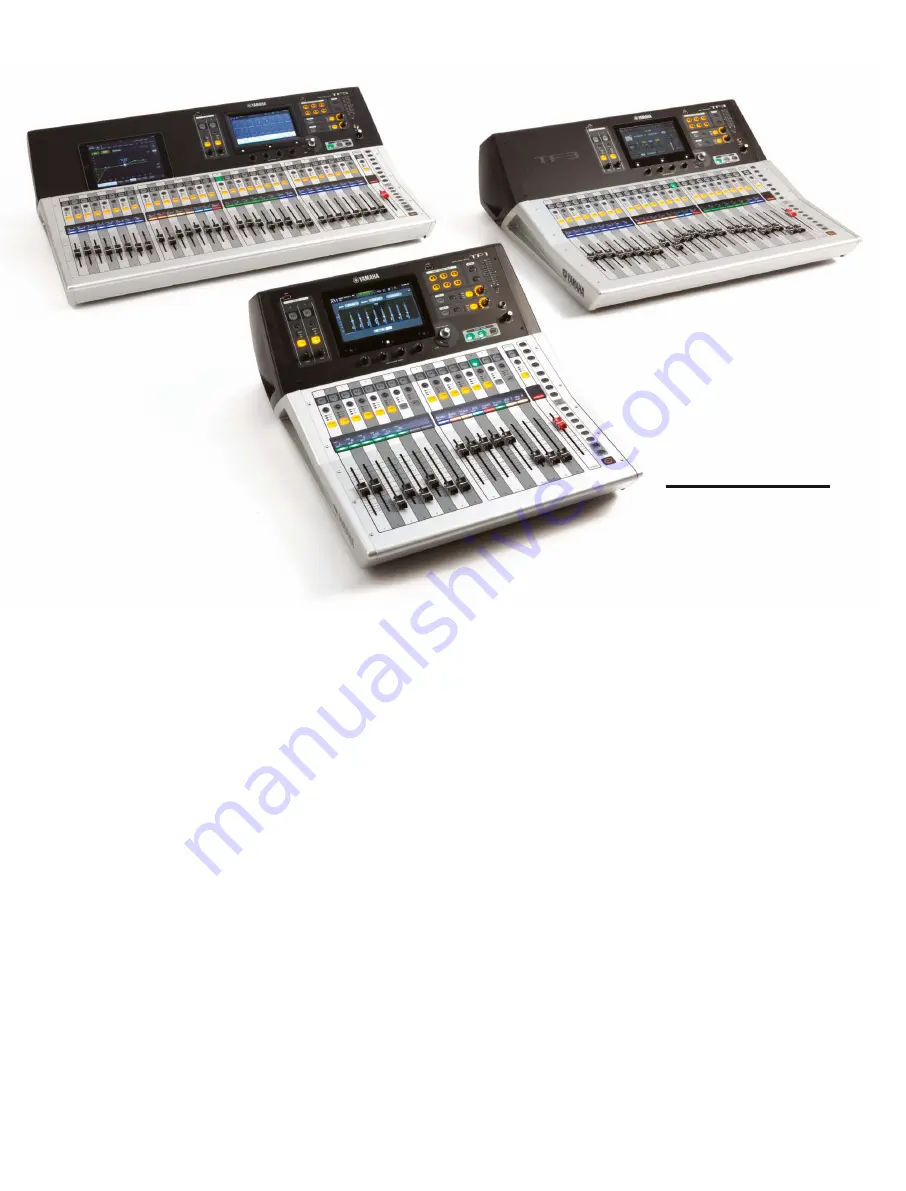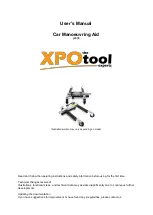
That’s when audio networks come into play, aiming to pick up
or send audio signals where they are created or needed. This
used to be the task of multicore cables with lots of conductor
pairs for back and forth transmission. These multicores were
heavy, expensive and failure-prone. Using audio networks en-
ables us to reduce all this to one or two network cables and
transmit signals to wherever we want them to be without any
losses or retrieve them from the place they are generated in
(using big or small stage boxes). Nowadays, some controllers
or power amps already have interfaces for audio networks on-
board.
Many users, though, deeply distrust this technology because
of distressing experiences with PC networks etc. Avowed ad-
versaries also often argue that, in the good old days, failures
in analog systems or multicore setups could easily be remedied
by just using a spare channel. If, though, a digital network fails,
the worst case scenario will mean: total disaster, game over!
To enhance the acceptance of network technology you have
to meet, at least, the following user demands: networks must
be easy to configure and must be protected against malfunc-
tions and failures. Not least because of these reasons the
Dante audio network, manufactured by Audinate, was chosen
as the native network used in the QL and CL series as well as
in the corresponding stage boxes.
The simplest configuration in combination with a TF, QL or CL
mixer consists of an I/O-box connected to a console by using
just a simple network connection and nothing else. In case a
second stage box is needed, you can pass the network on to
the second stage box by daisy-chaining it.
The same goes for additional Dante components. You can, for
example, connect a computer as a multitrack recorder directly
to the second network port of the console.
Dante, conveniently, provides the possibility to make all audio
channels available using a computer as a kind of Dante-pow-
ered workstation (utilizing a Dante Virtual Soundcard as net-
work driver). The Dante network, then, will show it as another
component. The virtual soundcard will be recognized by the
computer as a hardware card with ASIO interface. Simultane-
ously, the same network can be used to enable the computer
to perform configuration and control tasks.
In its simplest form, though, the Daisy-Chain system doesn’t
offer any redundancy; that’s why you need a star topology. It
4
|
PRODUCTION PARTNER
09/2015
TF1, TF3 und TF5
differ in
channel count and inputs and
faders






























